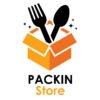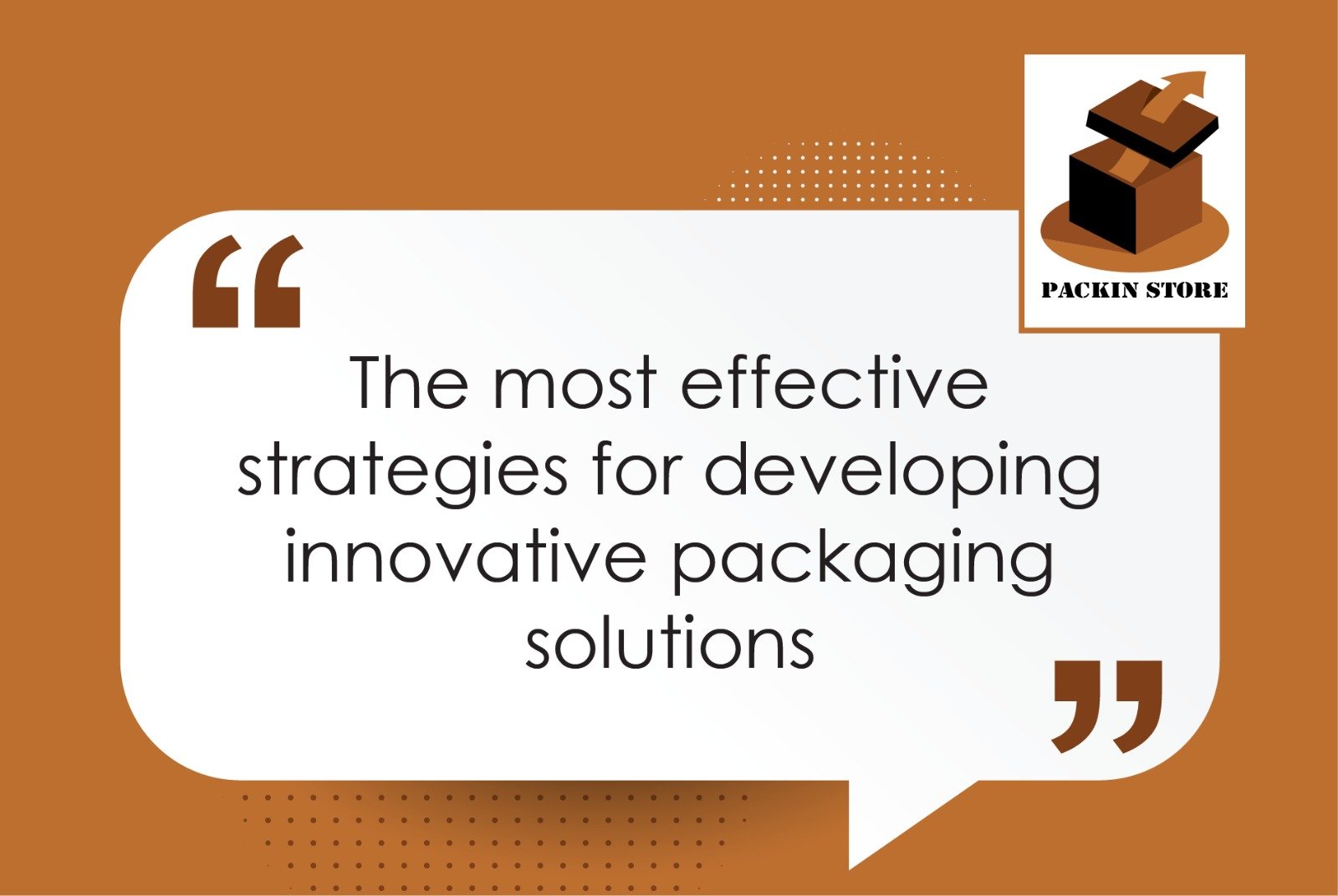Packaging is no longer just a container; it’s a critical element of brand identity, product protection, and consumer experience. As market demands evolve, developing innovative packaging solutions has become essential for businesses to stand out and meet consumer expectations. This article explores effective strategies for creating cutting-edge packaging, optimizing designs to improve product shelf life and reduce waste, incorporating consumer feedback, and enhancing the user experience.
Effective Strategies for Developing Innovative Packaging Solutions
1. Conduct Market Research
Understanding market needs and consumer preferences is fundamental to developing successful packaging solutions:
Trend Analysis: Stay informed about industry trends, such as sustainability and smart packaging, to align your designs with current consumer expectations. Market research helps identify emerging trends and consumer demands that can drive innovation.
Competitive Analysis: Analyze competitors’ packaging strategies to identify gaps and opportunities. Look for areas where your packaging can differentiate itself, whether through unique materials, designs, or functionalities.
2. Leverage Advanced Technologies
Incorporating advanced technologies can drive innovation in packaging:
Digital Printing: Use digital printing technologies for high-quality, customizable packaging. Digital printing allows for short runs, rapid prototyping, and the incorporation of variable data, making it ideal for personalized packaging and limited-edition products.
Smart Packaging: Integrate technologies such as QR codes, NFC (Near Field Communication), and IoT (Internet of Things) to create interactive packaging. Smart packaging can provide consumers with additional information, enhance traceability, and improve engagement.
3. Focus on Sustainability
Sustainability is a major driver of innovation in packaging:
Eco-Friendly Materials: Develop packaging using biodegradable, recyclable, or compostable materials. Sustainable materials help reduce environmental impact and align with consumer preferences for eco-friendly products.
Minimalist Design: Adopt minimalist packaging designs that use fewer materials and reduce waste. Streamlined packaging can also lower production and transportation costs, making it a win-win for both the environment and your bottom line.
4. Collaborate with Design Experts
Partnering with design professionals can bring fresh perspectives and innovative ideas:
Design Agencies: Work with packaging design agencies that specialize in creating cutting-edge packaging solutions. Their expertise in design, materials, and technology can lead to innovative and effective packaging concepts.
Cross-Functional Teams: Assemble cross-functional teams that include designers, engineers, marketing experts, and sustainability specialists. Collaborative teams can approach packaging challenges from multiple angles, leading to more comprehensive and creative solutions.
Optimizing Packaging Design for Product Shelf Life and Waste Reduction
1. Enhance Product Protection
Effective packaging design is crucial for extending product shelf life:
Barrier Technologies: Use barrier films and coatings to protect products from moisture, oxygen, and light, which can degrade quality. Enhanced barrier properties can significantly extend the shelf life of perishable items.
Sealing Techniques: Implement advanced sealing techniques to ensure packaging integrity. Proper seals prevent contamination and spoilage, maintaining product freshness and safety.
2. Design for Recycling and Reusability
Reducing waste through design choices is key to sustainability:
Recyclable Materials: Choose materials that are widely recyclable and clearly labeled to facilitate proper disposal. Incorporating recycling symbols and instructions on packaging helps guide consumers in the recycling process.
Reusable Packaging: Design packaging that can be repurposed or reused. For example, jars or bottles that serve a second function can encourage consumers to retain and reuse the packaging.
3. Optimize Package Size and Shape
Efficient packaging design minimizes waste and reduces environmental impact:
Right-Sizing: Develop packaging that fits the product without excess space. Right-sized packaging reduces material usage and minimizes waste during production and transportation.
Efficient Design: Utilize packaging shapes that maximize space utilization in shipping and storage. Efficient design reduces transportation costs and improves supply chain efficiency.
The Role of Consumer Feedback in Packaging Design
1. Gather Consumer Insights
Consumer feedback is invaluable for refining packaging design:
Surveys and Focus Groups: Conduct surveys and focus groups to gather opinions on packaging design, usability, and aesthetics. Direct feedback from consumers helps identify strengths and areas for improvement.
Product Testing: Use product testing to evaluate packaging performance in real-world scenarios. Testing helps assess factors such as ease of use, product protection, and consumer appeal.
2. Iterate Based on Feedback
Incorporate consumer feedback into the design process to ensure the final product meets market needs:
Prototype Testing: Create prototypes of packaging designs and test them with target audiences. Use feedback to make iterative improvements before finalizing the design.
Continuous Improvement: Regularly update packaging based on ongoing consumer feedback and market trends. Staying responsive to consumer preferences helps maintain relevance and competitiveness.
Enhancing User Experience in E-Commerce and Retail
1. Design for Convenience
User-friendly packaging enhances the overall consumer experience:
Easy Opening: Design packaging that is easy to open without tools or excessive force. Features such as tear strips, easy-to-pull tabs, and resealable closures improve convenience.
Portability: Consider the portability of packaging for consumers who may need to transport products. Lightweight and ergonomic designs enhance usability and satisfaction.
2. Enhance Unboxing Experience
A memorable unboxing experience can boost brand perception and loyalty:
Visual Appeal: Invest in aesthetically pleasing packaging that reflects your brand identity. High-quality graphics, colors, and textures contribute to a positive first impression.
Personalization: Incorporate personalized elements, such as custom messages or unique designs, to create a more engaging and memorable unboxing experience.
3. Optimize for E-Commerce
Packaging for e-commerce requires additional considerations:
Durability: Design packaging that can withstand the rigors of shipping and handling. Use sturdy materials and cushioning to protect products during transit.
Information and Branding: Ensure packaging includes clear branding and product information. For e-commerce, where physical interaction is limited, effective packaging communicates key product details and reinforces brand identity.
Conclusion
Developing innovative packaging solutions involves a strategic approach that balances market needs, sustainability, consumer feedback, and user experience. By leveraging advanced technologies, focusing on sustainable practices, and incorporating consumer insights, packaging companies can create solutions that stand out in the market. Optimizing packaging design to enhance product shelf life, reduce waste, and improve user experience ensures that packaging not only protects products but also contributes to brand success and customer satisfaction. As the packaging industry continues to evolve, staying agile and responsive to emerging trends and consumer preferences will be key to achieving long-term innovation and success.



